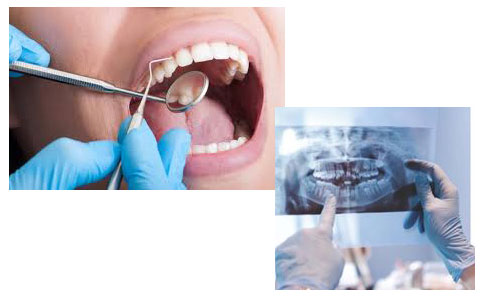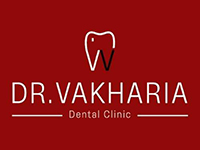
General Dentistry
Dental Consultation/Examination
To help stop oral health diseases and problems before they get out of hand, everyone should schedule a dental examination with their dentist at least twice a year. During the examination, the dentist will use several methods to check the teeth, mouth, gums, and jaws for signs of concern and keep track to the state of the patient's teeth.
A dental exam usually includes digital X-rays, a visual inspection, a physical examination, gum probing, and any other checks that may be needed. By performing dental exams, the dentist can help patients take pro-active measures to reverse damage or catch problems like gum disease and oral cancer in its early stages to give the patient a wider range of treatments that may be less invasive and costly. Using state-of-the-art dental equipment, the dentist will help you get to and keep your best oral health.
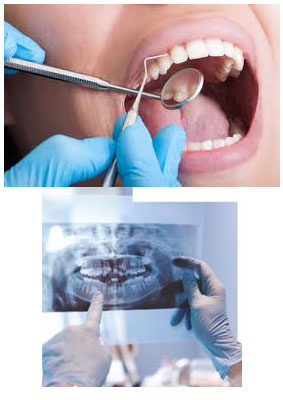
Dental Cleaning/Scaling
Preventive care is a foundation of dentistry. The American Dental Association recommends visiting your dentist regularly – usually about twice yearly – for full cleanings, examinations, and consultations for potential treatment. Professional dental cleanings help remove built-up plaque that is not removable using conventional brushing and flossing. Often, dentists are also capable of identifying potential problems that patients are not yet able to see or feel. When you maintain regular preventative dental appointments, you can stave off decay and gum disease, as well as identify the beginnings of oral health problems before they become severe.
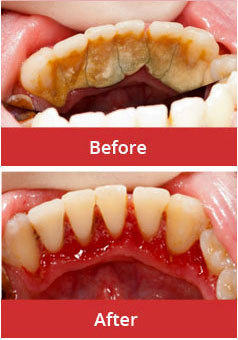

Oral Surgery/ Tooth Extraction
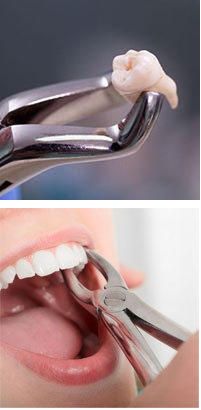
Tooth extractions are routine dental procedures used to remove decayed, damaged or otherwise problematic teeth. Dentists usually make every effort to preserve natural teeth, although sometimes an extraction is necessary. A general dentist can perform one of two types of extractions: simple or surgical. Simple extraction is a quick process to remove a tooth that’s visible in the mouth and surgical is for teeth that aren’t visible yet, such as the wisdom teeth.
Wisdom tooth extraction
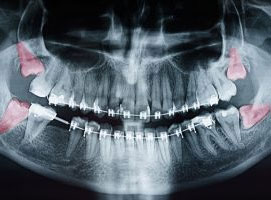

Wisdom Tooth is the third and last molar present on each side of the upper and lower jaw. They erupt in late teens or early twenties.
The failure of complete eruption of the wisdom tooth leads to pain and swelling in the area of third molar. This type of tooth is called IMPACTED WISDOM TOOTH.
Causes
- Lack of enough space in the jaw to accommodate wisdom tooth.
- Obstruction by adjacent tooth.
- Improper angulation of the tooth.
Symptoms
- Pain
- Swelling
- Difficultly in mouth opening
- Food lodgement
- Bad breadth
Complications
- Partially erupted wisdom tooth may lead to infection and inflammation of the surrounding gums (Pericoronitis).
- Tooth decay in the adjacent tooth due to food lodgement.
Treatment
Impacted wisdom tooth should be extracted to avoid complications.

Periodontal Or Gum Treatment
What is Gum Disease?
Gum disease, also called periodontal disease, is actually a bacterial infection. The bacteria hiding in plaque can lead to gingivitis and periodontitis, the two stages of gum disease. When not cleared away with proper brushing and flossing, plaque tends to settle along the gum line. Here, the bacteria excrete toxins that begin to destroy gum tissue.
If a careful oral hygiene routine at home is not maintained, the signs may include:
- Bad breath
- Bleeding from gums
- Receding gums that make your teeth look longer
- Enlarged gum pockets around teeth
- Pus in between teeth
- Shifting or loose teeth
After the gums are restored to health after your periodontal treatment, it is important to maintain a good oral care routine to prevent recurrences of periodontal disease. You should talk to your dentist about a home routine, including proper brushing, flossing, and anything else the dentist recommends. You should also come into the office at least twice a year for a professional cleaning and at least once a year for a dental exam.

